Key Takeaways
- Wall fountains are excellent for saving space, suitable for smaller gardens or tight areas, whereas standalone fountains require more room and suit larger outdoor spaces.
- Wall fountains blend into existing structures subtly enhancing the area, while standalone fountains act as striking standalone art pieces that command attention.
- Wall fountains are generally easier and less expensive to install, while standalone fountains might need professional installation, especially for larger models.
- Both fountain types require regular maintenance, but standalone fountains may demand more frequent upkeep due to their size and complexity.
- Wall fountains are typically more affordable, both in initial cost and installation, compared to standalone fountains which can vary widely in price based on design and materials.
When considering the addition of a fountain to your outdoor space, both wall fountains and standalone fountains offer unique benefits and can significantly enhance the aesthetics and atmosphere of your garden or yard.
Wall fountains are space-saving and integrate with existing walls, ideal for smaller areas, while standalone fountains serve as dramatic, central features in larger spaces.
Here’s a deeper look into each type, helping you decide which might be right for your space.
Wall Fountains
Wall fountains are an excellent choice for smaller, more confined areas, making use of vertical space without consuming the valuable square footage on the ground. They are typically mounted on walls or fences and can vary from simple, unobtrusive designs to more elaborate, decorative pieces. The soothing sound of flowing water from a water fountain not only adds a tranquil ambiance but also enhances the overall aesthetic of the wall itself, providing a dynamic element to the décor.
Benefits
- Space Efficiency: Wall fountains are perfect for narrow or confined outdoor areas, allowing you to add a water feature without sacrificing valuable ground space.
- Decor Enhancement: These fountains add a vertical dimension to your outdoor decor, enhancing wall aesthetics significantly.
- Tranquility: The sound of water flowing is inherently calming and can transform an outdoor area into a serene retreat.
Installation
Wall fountains are generally easier to install than larger, freestanding units. They often require simple brackets or hooks, though heavier designs may need more robust supports like special anchors to ensure safety and stability.
Maintenance
Maintaining a wall fountain involves regular cleaning to prevent the buildup of algae and checking the structural integrity of the mount and water basin. This helps ensure the longevity and aesthetic quality of the fountain.
Standalone Fountains
Standalone fountains, often referred to as freestanding fountains, are versatile and striking additions to any outdoor space. These fountains do not require support from a wall or structure and can be placed virtually anywhere that suits your garden’s design. They come in various sizes and styles, ranging from small, subtle tabletop fountains to more elaborate, garden-scale sculptures that can serve as the centerpiece of your landscape.
Benefits Of Standalone Fountains
Standalone fountains offer several benefits that make them a popular choice for outdoor decor:
- Dynamic Focal Point: These fountains often act as the main attraction in a garden, drawing attention and adding a structured, artistic element to the space.
- Artistic Element: With designs that can range from classical to modern, standalone fountains act as a standalone piece of art, enhancing the aesthetic quality of outdoor areas.
- Soothing Sounds: The sound of cascading or bubbling water creates a serene environment, helping to mask background noise and promote relaxation.
Installation Considerations
Small fountains are easy to set up alone. But, larger ones might need professional help. This ensures they are installed right and safely.
- Stable Surface: It is crucial to place standalone fountains on a flat and stable surface to prevent any tipping or uneven water flow. Materials like concrete or packed gravel are recommended to provide a solid foundation.
- Sunlight and Shelter: Consider placing your fountain in a location that avoids prolonged direct sunlight to minimize algae growth and water evaporation. A sheltered spot can also protect the fountain from falling debris and harsh weather conditions.
Maintenance Tips
Maintaining a standalone fountain involves regular care to keep it functioning beautifully and efficiently:
- Regular Cleaning: It’s important to clean the fountain regularly to prevent algae build-up and to remove debris that might clog the pump.
- Water Level Checks: Ensure the water level is maintained, especially in hotter weather, to prevent the pump from running dry, which can cause damage.
- Winter Care: In colder climates, take steps to winterize your fountain by draining it and protecting it from freezing temperatures to prevent cracking and other damage.
Comparison: Wall Fountains Vs. Standalone Fountains
When enhancing your garden or outdoor space, selecting the right water feature can make all the difference. Wall fountains and standalone fountains are two popular choices, each offering unique benefits and aesthetic impacts.
Here we discuss the distinctions between wall fountains and standalone fountains, focusing on their space requirements, aesthetic contributions, and cost implications. Whether you have a compact balcony or a sprawling garden, understanding these elements will help you choose the perfect fountain to elevate your outdoor environment.
Space Requirements
Wall fountains are great for small or narrow spaces. They can be mounted on any vertical surface. This maximizes the use of available area without taking up floor space. This makes them great for small gardens or courtyards. In those places, there is limited ground space.
Standalone fountains, on the other hand, are more suited for larger spaces. They can serve as central features in expansive gardens or patios and require a significant amount of clear space around them for proper installation and visual impact. These fountains are not constrained by walls and can be placed virtually anywhere within a garden or landscape setting.
Aesthetic Impact
Wall fountains blend with existing structures. They enhance the ambiance without taking up space. They can complement a building or garden’s style. They often add a subtle, yet sophisticated touch to the environment.
Standalone fountains are usually more noticeable. They can be striking garden features. They often become the focal points of a landscape. They draw attention and make big aesthetic statements. These fountains come in many designs. They range from classical to modern. They can greatly improve the look of an outdoor area.
Cost Implications
The cost of both wall and standalone fountains can vary widely depending on the materials, size, and complexity of the design. Wall fountains tend to be less expensive in terms of both initial cost and installation. Prices for wall fountains can range from $50 to $2,000, depending on the complexity and materials.
Standalone fountains are larger. They need more complex plumbing and installation. So, they cost more. These can range from $25 for simple models like bird bath fountains up to $80,000 for large, ornate statue fountains. Costs for standalone fountains can also be higher. This is especially true if they need much groundwork or electrical setup.
Both types of fountains need ongoing maintenance. But, standalone fountains may need more complex and frequent maintenance. This is due to their size and the volume of water they handle. Both types need regular cleaning, winterizing, and repairs. But, standalone fountains might also need more frequent water level checks and algae treatment. This is due to their exposure and size.
Frequently Asked Questions
Can wall fountains be used indoors and outdoors?
Yes, wall fountains are versatile and can be installed both indoors and outdoors, depending on their design and material.
Are standalone fountains difficult to maintain?
Standalone fountains need regular maintenance. This includes cleaning and checking water levels. But, they are generally easy to manage.
How much space is needed for a standalone fountain?
The needed space varies by the fountain’s size. Standalone fountains typically need a larger area. This is to fit their structure and visual impact.
Do wall fountains require professional installation?
Homeowners can often install small wall fountains. But, larger or more complex designs might need professional installation. This is to ensure safety and proper water flow.
What materials are commonly used for standalone fountains?
Common materials include stone, concrete, resin, and metal. Each has different looks and durability.
Can the sound of a fountain be adjusted?
Yes, many fountains allow adjustments to the water flow, which can alter the sound level from a gentle trickle to a more pronounced cascade.
Choose The Right Fountain For Your Space With OC Pond
Whether you prefer the understated elegance of a wall fountain or the striking presence of a standalone fountain, OC Pond offers the expertise and selection to help you make the right choice for your garden. Wall fountains are excellent for conserving space while adding a serene flow to your environment, making them ideal for smaller or narrower spaces.
Standalone fountains are different. They act as stunning focal points in larger gardens. They offer dramatic and aesthetic appeal. With the guidance of OC Pond, you can effortlessly find a fountain that not only suits your space requirements but also aligns with your design preferences and budget.
Ready to enhance your garden with the soothing sound of flowing water? Visit OC Pond today to discover our extensive range of elegant wall and standalone fountains. Let us help you select the perfect water feature to turn your outdoor area into a serene retreat!
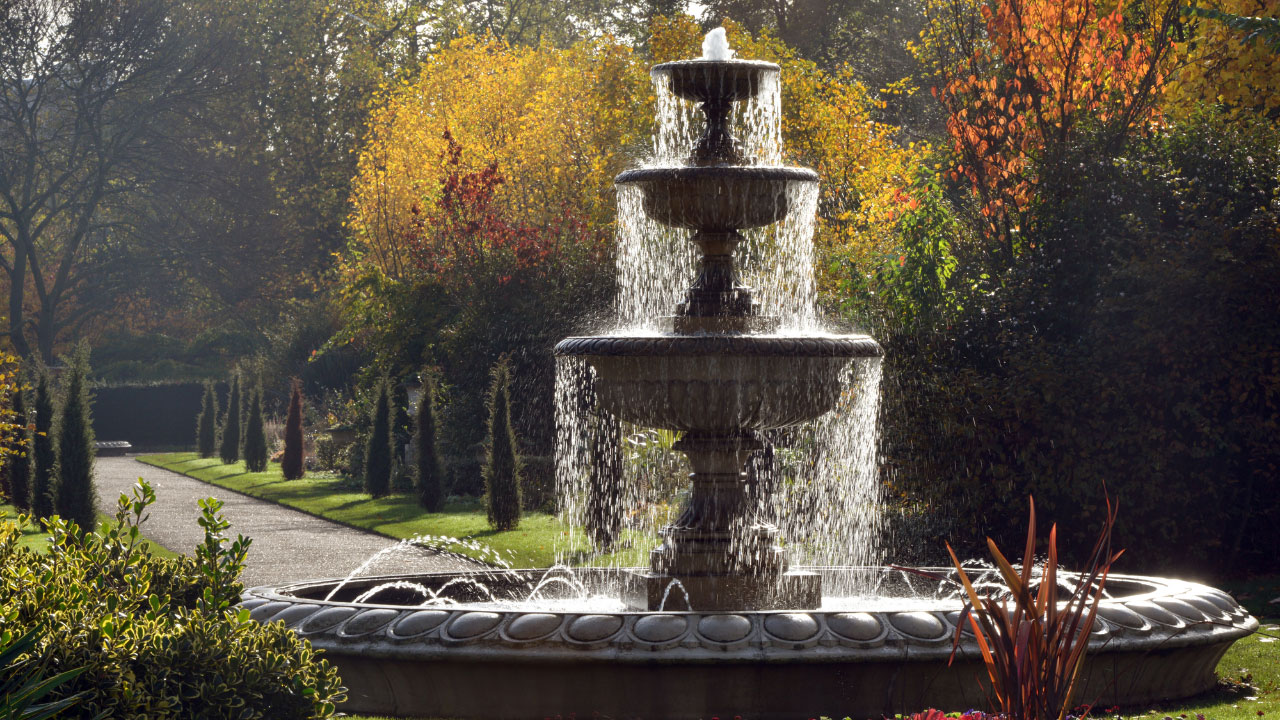
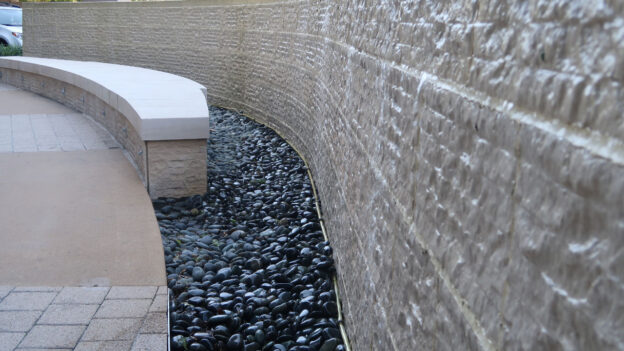
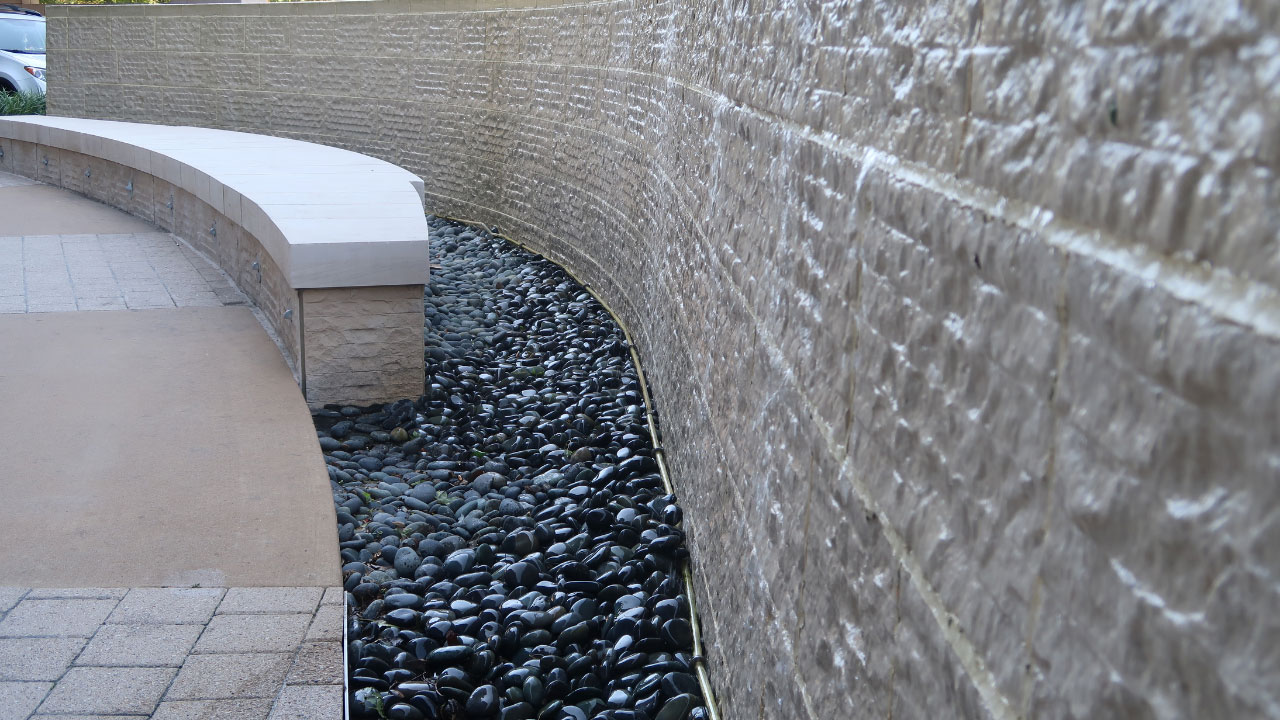
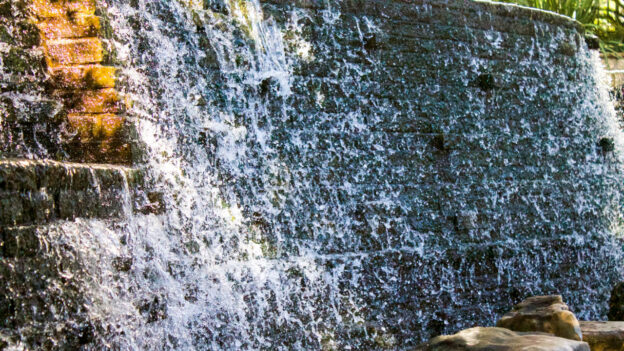

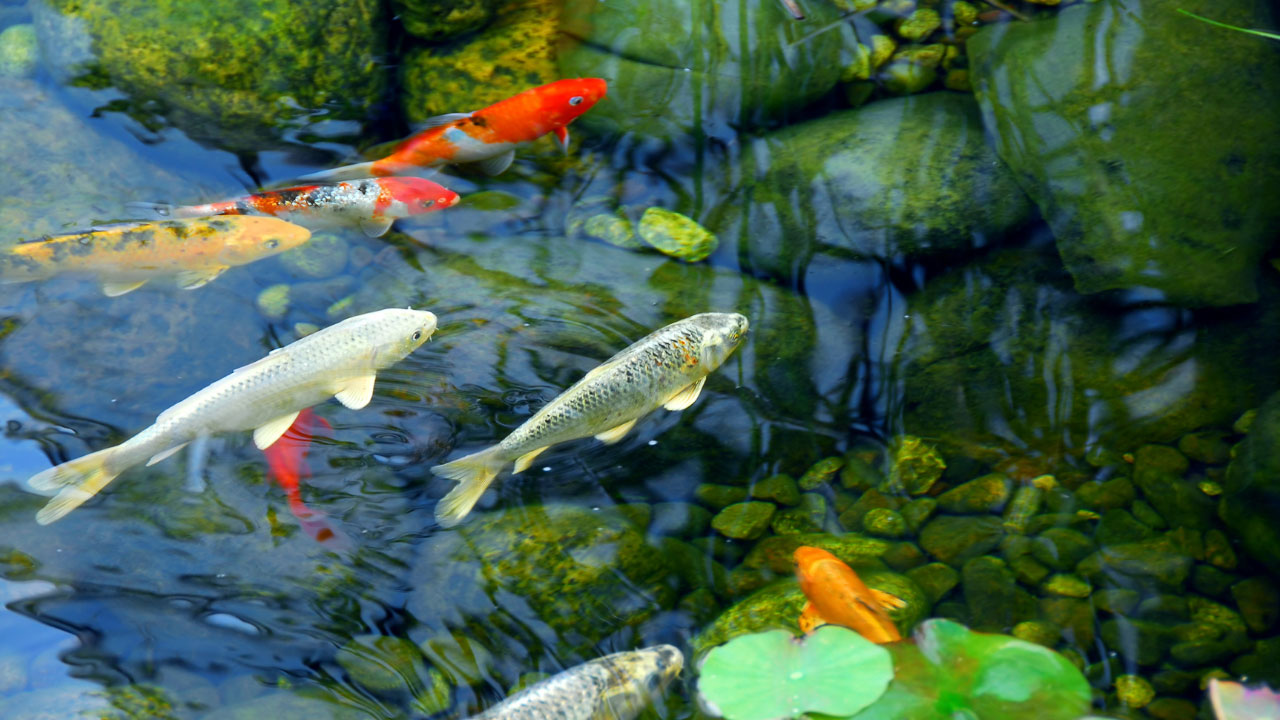
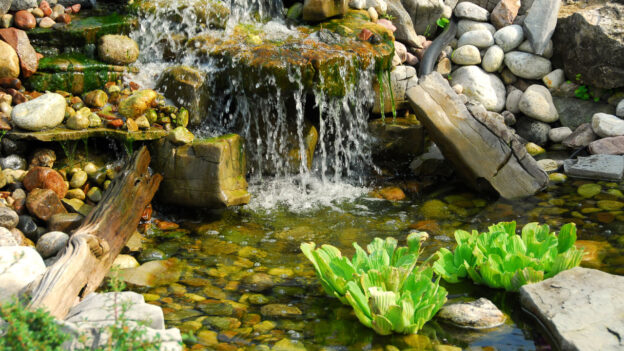
 Incorporating a waterfall into your backyard pond not only elevates its aesthetic appeal but also enhances the overall ambiance of your outdoor space. The soothing sounds of a cascade of water can transform your garden project into a serene, relaxing space, perfect for unwinding after a busy day. Let’s dive into how waterfalls can enrich your
Incorporating a waterfall into your backyard pond not only elevates its aesthetic appeal but also enhances the overall ambiance of your outdoor space. The soothing sounds of a cascade of water can transform your garden project into a serene, relaxing space, perfect for unwinding after a busy day. Let’s dive into how waterfalls can enrich your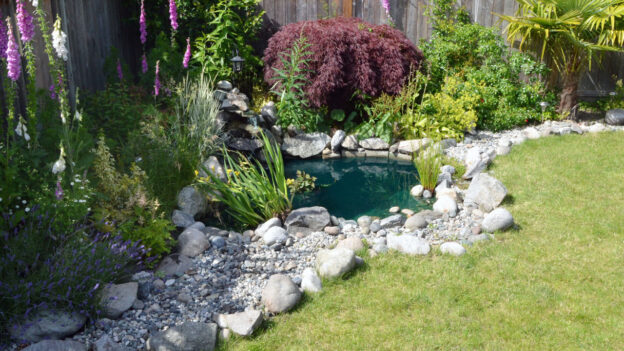
 Backyard ponds are not only stunning water features that enhance the visual appeal of outdoor spaces but also provide a myriad of benefits beyond their aesthetic allure. From supporting mental health to fostering ecological benefits, the addition of a backyard oasis offers numerous advantages.
Backyard ponds are not only stunning water features that enhance the visual appeal of outdoor spaces but also provide a myriad of benefits beyond their aesthetic allure. From supporting mental health to fostering ecological benefits, the addition of a backyard oasis offers numerous advantages.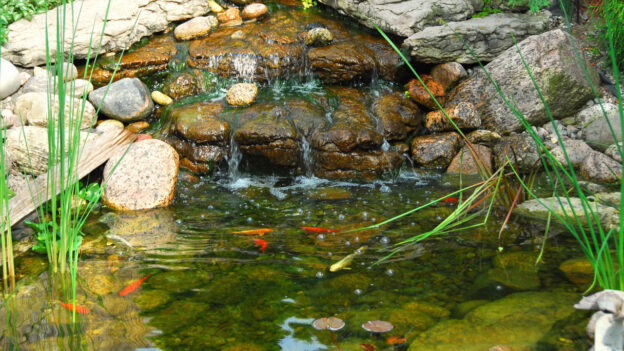
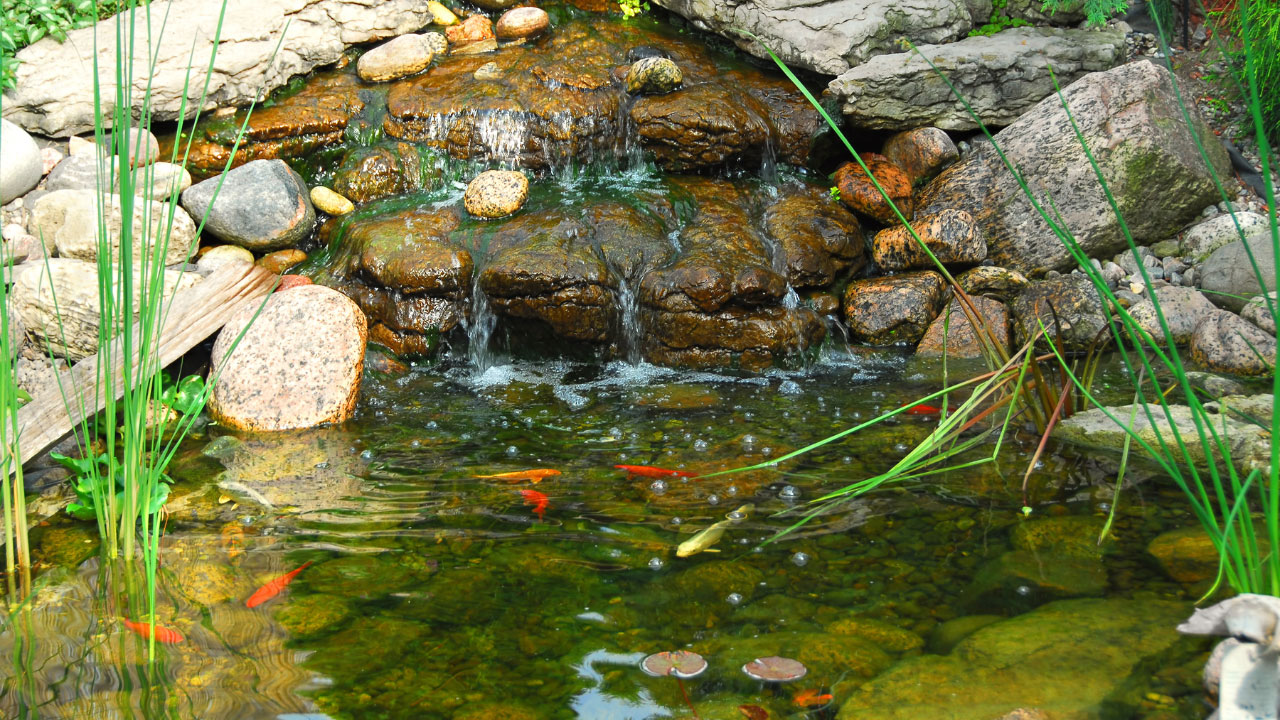

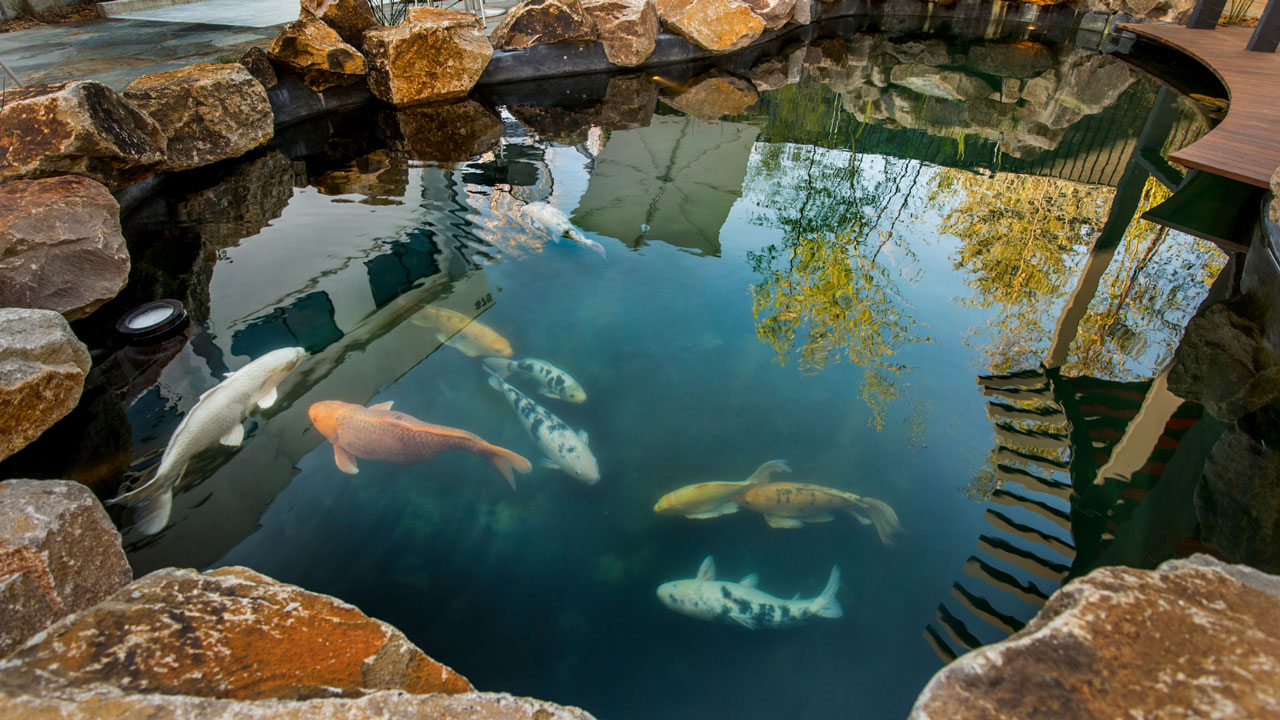 Creating an eco-friendly backyard pond involves more than just aesthetic appeal; it’s about constructing a sustainable ecosystem that harmonizes with the environment, conserves resources, and promotes biodiversity. Sustainable
Creating an eco-friendly backyard pond involves more than just aesthetic appeal; it’s about constructing a sustainable ecosystem that harmonizes with the environment, conserves resources, and promotes biodiversity. Sustainable
 T
T
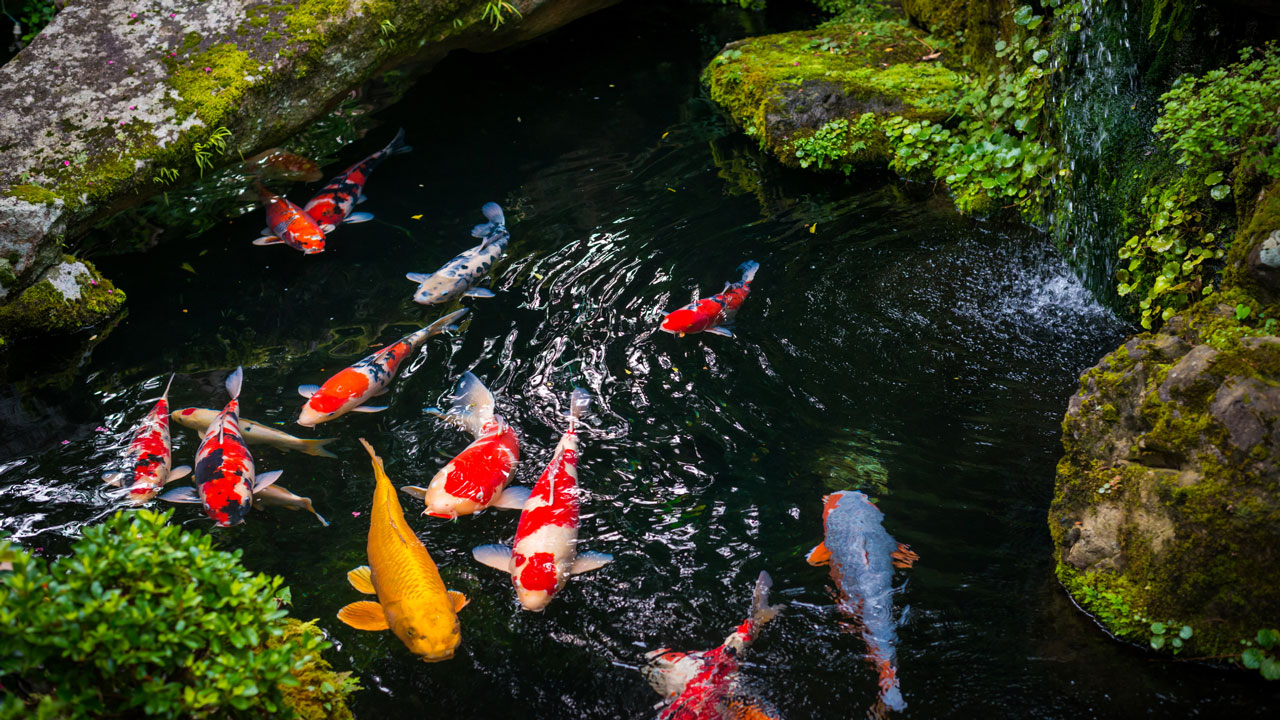 C
C